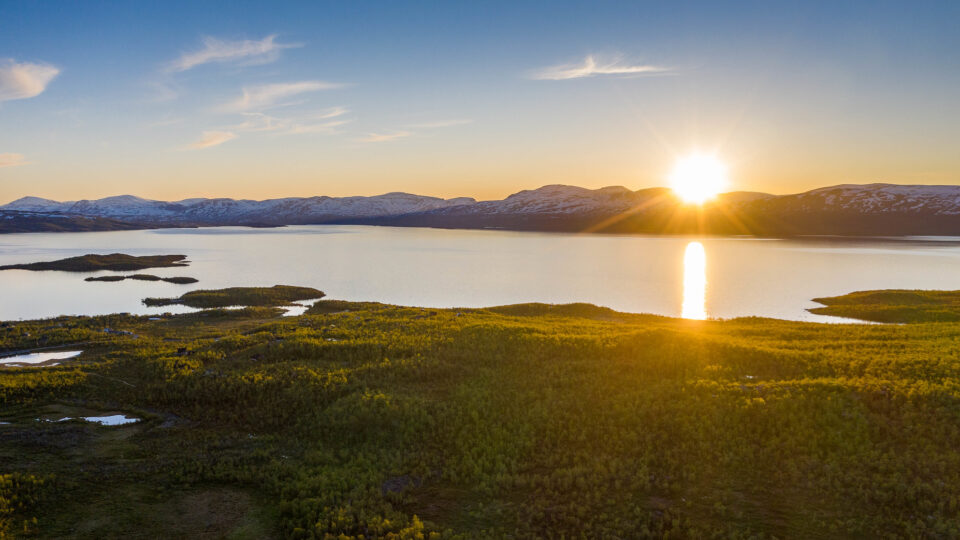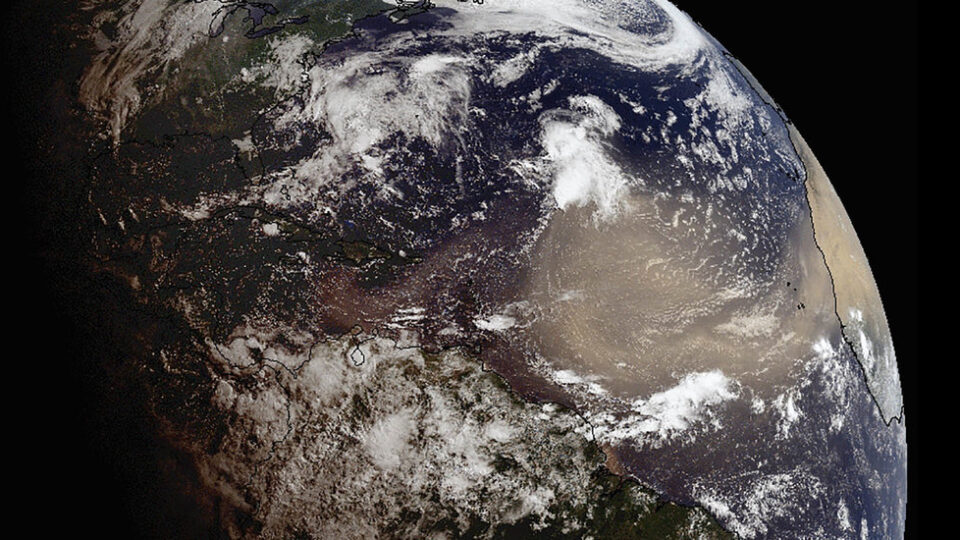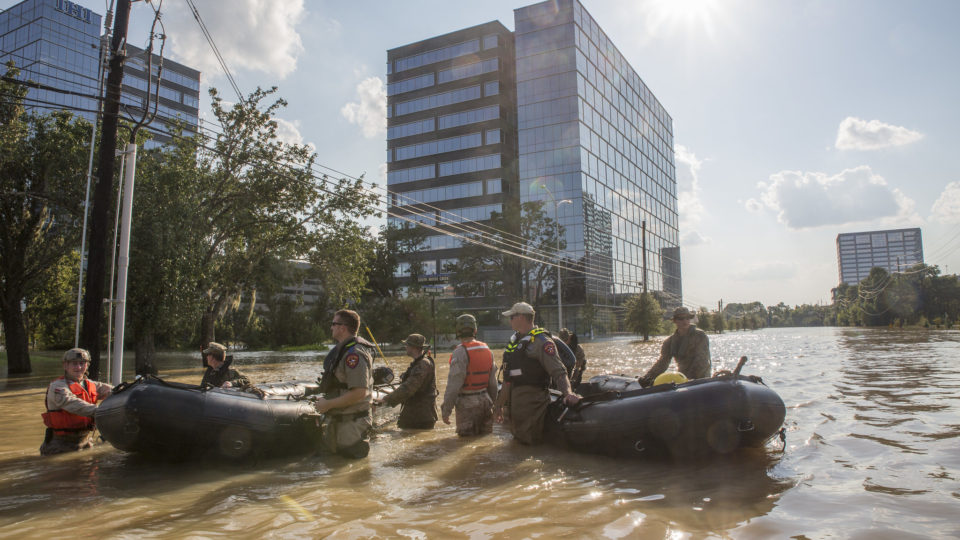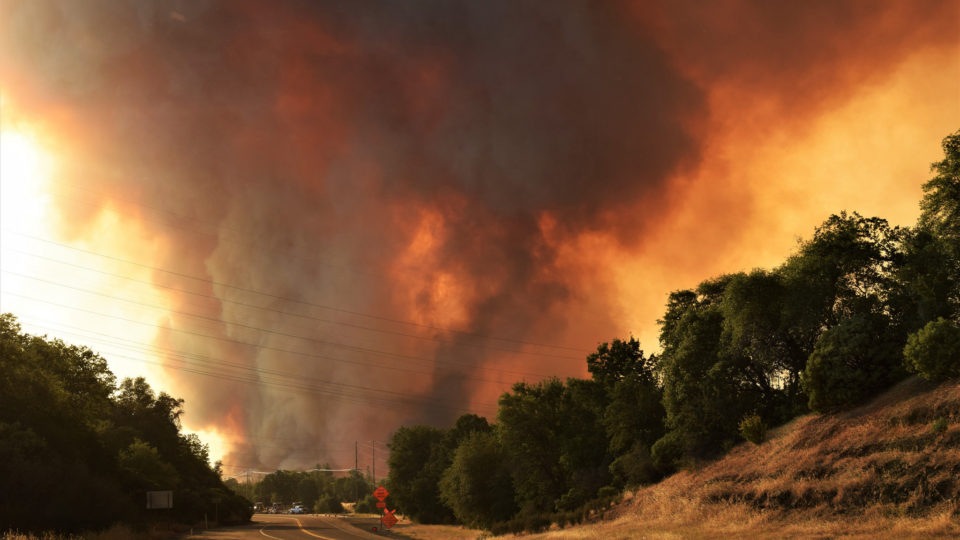In 2019 and 2020, wildfires burned 72,000 square miles in Australia, roughly the same area as the entire country of Syria. During the nine months when the fires raged, persistent and widespread plumes of smoke filled the atmosphere.
These aerosols brightened a vast area of clouds above the subtropical Pacific Ocean. Beneath these clouds, the surface of the ocean and the atmosphere cooled. The effect of this was an unexpected and long-lasting cool phase of the Pacific’s La Niña-El Niño cycle.
A new modeling study by the National Center for Atmospheric Research in Boulder, Colorado quantified the extent to which aerosols from the Australian wildfires made clouds over the tropical Pacific reflect more sunlight back towards space. The resultant cooling shifted the cloud and rain belt known as the Intertropical Convergence Zone northward. These effects may have helped trigger the unusual three-year-long La Niña, which lasted from late 2019 through 2022.
The impacts of that La Niña included intensifying drought and famine in Eastern Africa and priming the Atlantic Ocean for hurricanes. 2020 was the most active tropical storm season on record, with 31 storm systems, including 11 that made landfall in the U.S.
The study highlights widespread multi-year climate impacts caused by an unprecedented wildfire season. The wildfires set off a chain of events that influenced weather far from where the fires occurred. In the future, climate experts will need to include the potential effects of wildfires in their forecasts.
**********
Web Links
How Wildfire Smoke from Australia Affected Climate Events Around the World
Photo, posted December 19, 2019, courtesy of Simon Rumi via Flickr.
Earth Wise is a production of WAMC Northeast Public Radio





